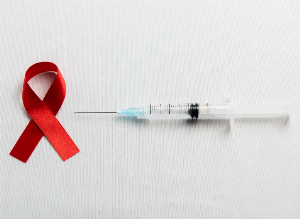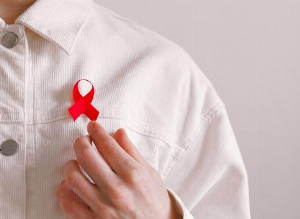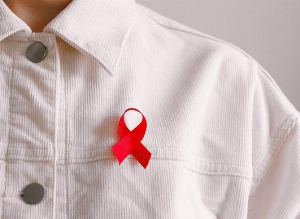Second global case of remission for a patient with HIV!
Published 6 Mar 2019 • By Louise Bollecker

A second global case of remission in an AIDS patient after stopping treatment was announced on Tuesday by researchers who consider it probably cured, although it is still too early to say. A look back at the major stages of the disease that has marked recent history, from its emergence to current hopes to stop the pandemic.

1981: the first alert
On June 5, 1981, the U.S. Centers for Disease Control and Prevention (CDC) reported a rare form of pneumonia in young homosexual Californians. This was the first AIDS alert. We then know nothing about this disease that did not even have a name.
The CDC then reports the same "opportunistic infections" among injecting drug users (late 1981), hemophiliacs using blood transfusions (mid-1982), Haitians residing in the United States (mid-1982). It was named the "4H" disease (homosexuals, heroin addicts, hemophiliacs and Haitians). The English term "aids" ("acquired immune deficiency syndrome") appeared in 1982.
1983: the discovery of the virus
In January 1983, at the Institut Pasteur in Paris, researchers Françoise Barré-Sinoussi and Jean-Claude Chermann, under the direction of Luc Montagnier, isolated a new virus they called LAV, which "could be involved" in AIDS. On April 23, 1984, the United States announced that the American retrovirus specialist Robert Gallo had found the "probable" cause of AIDS, a retrovirus called HTLV-III.
LAV and HTLV-III are the same virus, named in 1986 human immunodeficiency virus, or HIV.
1987: the first treatment
On 20 March 1987, the first antiretroviral treatment AZT was approved in the United States. It was expensive and had many side effects. On 31 March, an agreement was signed between France and the United States to end the dispute over the precedence of the discovery of HIV, supplemented by an agreement with the Institut Pasteur in 1994. Françoise Barré-Sinoussi and Luc Montagnier will receive the Nobel Prize for Medicine in 2008.
Early 1990s: the first media deaths
American actor Rock Hudson was the first known famous AIDS victim in October 1985. In the early 1990s, several stars fell: Freddie Mercury in November 1991, Rudolf Nureyev in January 1993. In 1994, AIDS became the leading cause of death among Americans aged 25 to 44.
1995-96: the beginning of triple therapy
In 1995-96, the introduction of two new classes of drugs marked a turning point: protease inhibitors and non-nucleoside reverse transcriptase inhibitors. This is the beginning of combinations of different antiretroviral drugs: triple therapies, which were proving to be very effective. In 1996, for the first time in the United States, the number of victims declined.
1999: 50 million people infected
A WHO and UNAIDS report in November 1999 estimated that 50 million people had been infected with HIV since the beginning of the epidemic. 16 million died as a result. Africa is the first affected continent with 12.2 million people living with HIV.
2001: Generic drugs
After an agreement signed in 2000 by UNAIDS and five major laboratories to distribute affordable treatments in poor countries, a compromise was signed on 13 November 2001 at the WTO to allow developing countries to manufacture generic medicines.
2012: preventive treatment
On July 16, 2012, a first preventive treatment called PrEP ("pre-exposure prophylaxis"), the antiretroviral cocktail Truvada, was authorized in the United States.
2017: half of the patients treated
For the first time, more than half of the world's patients are being treated, according to UNAIDS. In 2017, 36.9 million people were infected. Some 35.4 million people living with HIV have died since 1981.
2019: a second remission
A second HIV-positive patient experiences a long-term remission after discontinuing treatment. The man known as the "London patient" has not shown HIV infection for nearly 19 months. Like the "Berlin patient", the only person in the world considered to be cured, and this for nearly twelve years, he has received a bone marrow transplant with cells from an HIV-resistant donor to treat blood cancer.
UNAIDS leads the global effort to end the AIDS epidemic as a public health threat by 2030 as part of the Sustainable Development Goals.
Comment this article to give your opinion!
AFP

 Facebook
Facebook Twitter
Twitter



